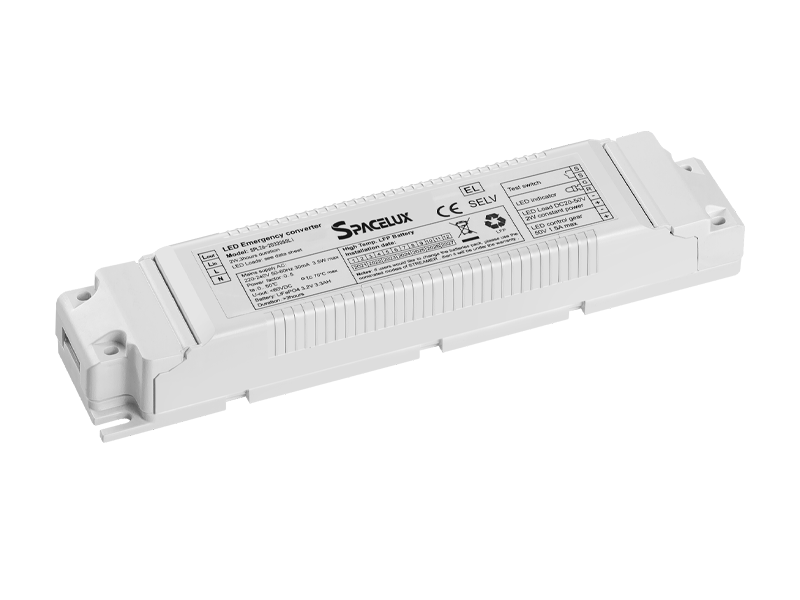With the advancement of technology and the enhancement of energy conservation and environmental protection awareness, LED lighting has gradually become the mainstream choice in the modern lighting field. During this process, many people began to pay attention to an important professional term – Luminous Efficacy. So, what is the light effect? Why is it so crucial? This article will provide you with a detailed interpretation of the significance of luminous efficacy, its calculation methods, and its important role in LED lighting.

What is Luminous Efficacy?
Luminous Efficacy, also known as luminous efficacy in English, is an important indicator for measuring the efficiency of light sources. It represents the visible luminous flux produced by the unit of electrical power of the light source, and the unit is usually lumens per watt (lm/W). In simple terms, light efficiency tells us how much “visible light” a light source can emit for every watt of electrical energy consumed.
For instance, if the luminous efficacy of an LED lamp is 100 lm/W, it means that it can generate 100 lumens of luminous flux when consuming 1 watt of electrical energy. In contrast, the luminous efficacy of traditional incandescent lamps is generally only 10-17 lm/W, and their energy-saving effect is significantly inferior to that of LED lamps.
The calculation method of light efficiency
The calculation formula for Luminous Efficacy is:

Here, the luminous flux refers to the total amount of all visible light emitted by the light source, while power is the actual electrical energy consumed by the light source. It should be noted that luminous efficacy focuses on conversion efficiency, that is, the efficiency of converting electrical energy into visible light, rather than the total energy consumption of the light source.
The difference between luminous efficacy and other indicators
In the field of lighting, common related concepts also include “luminous flux” and “luminous intensity”, but they are different from luminous efficacy:
In the field of lighting, common related concepts also include “luminous flux” and “luminous intensity”, but they are different from luminous efficacy:
Luminous Flux: It represents the total amount of light emitted by a light source, with the unit being lumens (lm).
Luminous Intensity: It indicates the luminous intensity of a light source in a certain direction, with the unit being the candela (cd).
Luminous Efficacy: It focuses on the efficiency of converting electrical energy into light and reflects energy-saving performance.
Therefore, luminous efficacy is an important parameter for evaluating the economy and environmental friendliness of light sources.
Why is luminous efficacy so important?
重点词汇
214/5000
通用场景
Energy conservation and environmental protection
The higher the luminous efficacy, the more light can be generated with the same amount of electrical energy, thereby reducing power consumption and carbon emissions. The high luminous efficiency of LED lights makes them an ideal choice for energy conservation and emission reduction.
Reduce the usage cost
High-efficiency LED lights consume less electricity while providing the same brightness. Long-term use can significantly reduce electricity bills.
Improve the quality of lighting
By optimizing the luminous efficiency, manufacturers can design brighter and less energy-consuming lamps to meet the lighting needs of different scenarios.
Promote technological progress
The improvement of light efficiency has promoted innovation in LED chip design, packaging technology, heat dissipation management and other aspects, constantly driving the development of the entire industry.
Factors affecting luminous efficacy
The level of light efficiency is influenced by multiple factors, mainly including:
Quality of LED chips
The material and manufacturing process of the chip determine the electro-optical conversion efficiency.
Packaging design
Excellent packaging can reduce light loss and improve the output efficiency of light.
Heat dissipation performance
A good heat dissipation design can keep the LED operating at an appropriate temperature and prevent a decline in efficiency.
Drive power supply stability
A stable current supply ensures the good performance of LED lamps, avoiding flickering and reduced efficiency.
Future trends
With the advancement of materials science and electronic technology, the luminous efficiency of LEDs has been continuously improving. At present, high-end products with a luminous efficacy exceeding 200 lm/W have been launched on the market, and it is expected to exceed 300 lm/W in the future. High luminous efficacy not only promotes the development of the green lighting industry but also provides a solid foundation for smart lighting and Internet of Things applications.
In addition, the improvement of light efficiency will also promote more innovative designs, such as smaller lamps, more flexible lighting solutions, and a wider range of application fields, with great potential ranging from home lighting to urban night scenes and industrial lighting.
Summary
Luminous efficacy, as the core performance indicator of LED lighting, directly reflects the energy-saving efficiency of the light source. Understanding and paying attention to light efficiency can help consumers choose energy-efficient lighting products, and at the same time drive the entire lighting industry towards a more environmentally friendly and intelligent future. In the future, with continuous technological breakthroughs, the light efficiency will see a greater improvement, bringing a brighter and greener environment to our lives.




